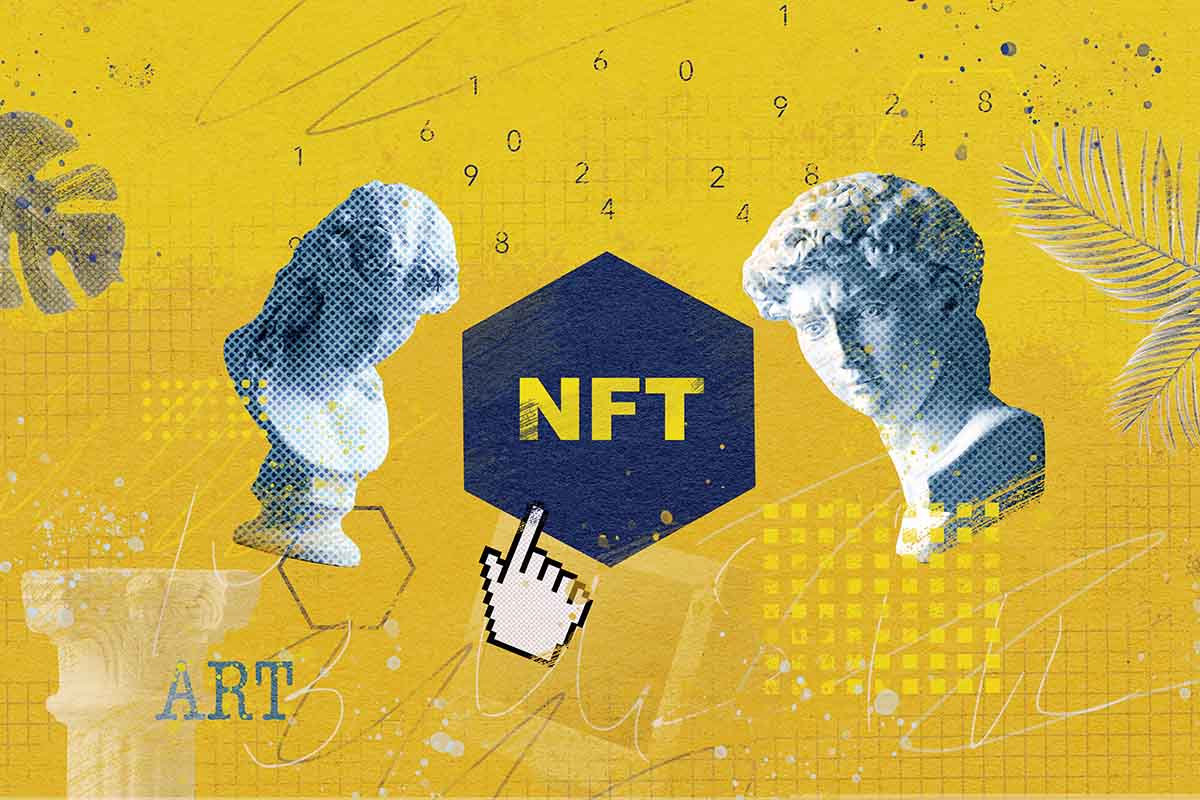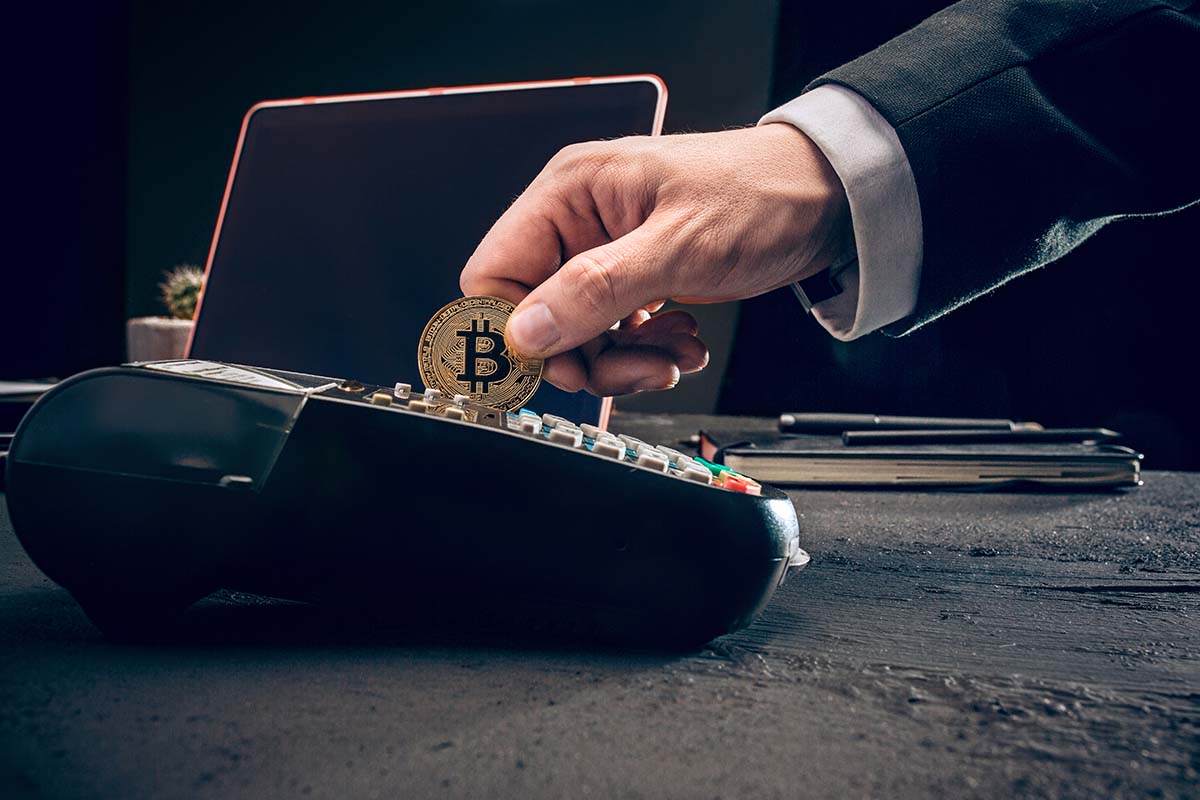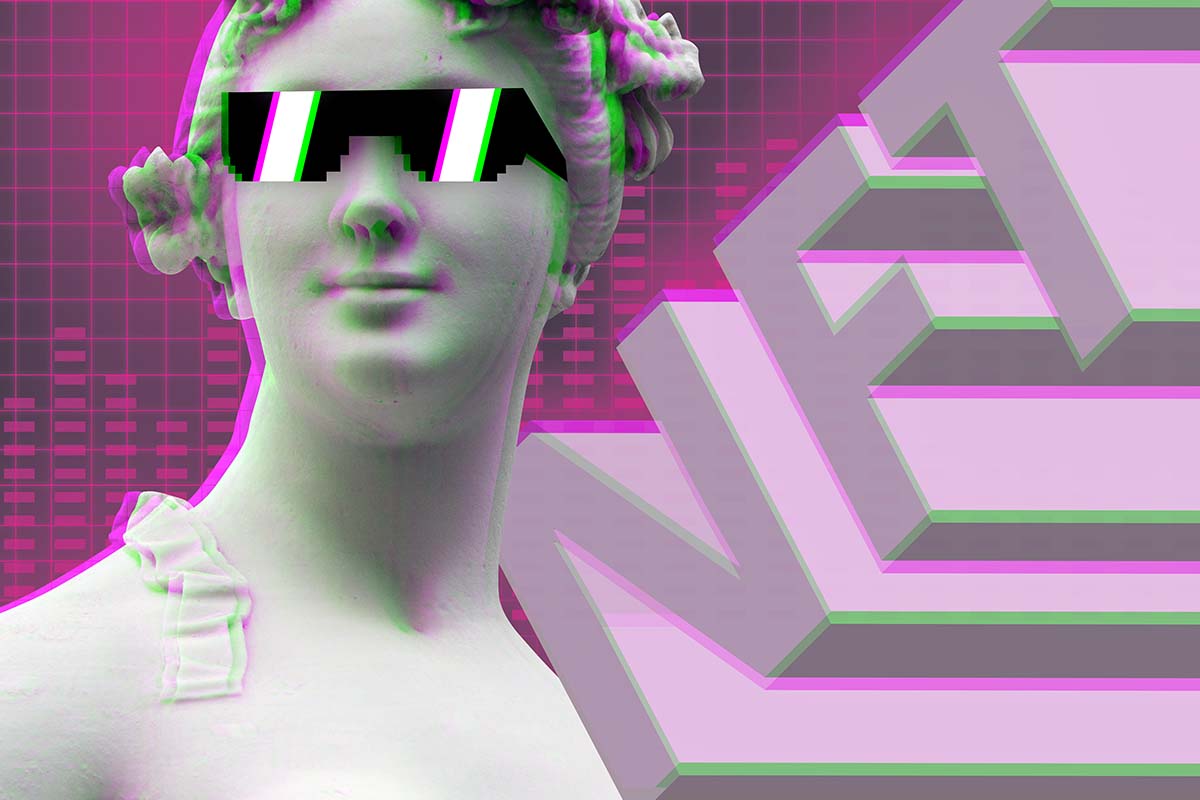Blockchain and NFT Technology for Non-Techies
Technology is all around us in 2023, but the world didn’t use to be like that. In every stage of tech evolution, new systems are introduced, and people eventually adapt.
If you think back, there was a time when you had no clue what contactless payments were. The current trend surrounding the “next stage” in technology and the internet is blockchain and NFTs.
What is Blockchain Technology?
A blockchain is a decentralized ledger that records transactions across multiple computers. The way data is stored on the blockchain means that each block can never be removed or edited, which is why it’s considered one of the most secure infrastructures.
The most known use of blockchain technology is cryptocurrencies. However, many more use cases will change the way we interact with the world.
What Is an NFT?
NFT is the abbreviation for “Non-Fungible Token,” which can seem confusing if you’re not in the know. However, when you break down the word and define each part, everything becomes a lot clearer.
First, it’s important to know what “fungible” means, which is the word given to something substitutable. For example, if you borrowed a $50 note from a friend, you don’t have to return that same $50 note. You can hand them a different note, or any number of notes that add up to $50. The most important aspect is ensuring your friend receives the same amount they lent.
If fungibility means something is changeable, then “non-fungible” means it’s unique and can never be changed. An example of a non-fungible item is diamonds, as each has unique properties that determine its value. Although you can receive cash for a diamond, it will never be the same as having a diamond.
The token part is where the blockchain comes into it. These are simply traceable and verifiable transactions on blockchain networks.
An NFT contains unique digital data to prove that an asset is not fake, like a piece of art, video, music, book, or any other digital media. Essentially, an NFT acts like a non-disputable certificate of ownership.
Where Are NFTs Saved?
You may be fooled into believing the digital media itself is stored on the blockchain, but this isn’t true because it would take up too much space. Instead, the media is stored on a third-party server, and the blockchain distributes merely and stores the ownership details, which is how an NFT can be verified as original.
Digital media can be minted into NFTs using a marketplace connected to several blockchains, including Ethereum and Binance.
Without the help of bridging tools, all of these blockchains are interoperable. Therefore, a multichain indexing platform is used by developers to pull contract data and interpret it onto the front-end system, which is the part you see when browsing NFTs.
The Current NFT Market Size
The NFT market size has been on a rollercoaster over the last few years. According to CNBC, the NFT market exploded by around 21,000% in 2021, which took it to a value of more than $17 billion. Then, in 2022, the trading volumes and prices of NFTs fell enormously on the back of financial unrest and countless blockchain failures like the FTX crash.
One of the best ways to see this is to look at the Bored Ape Yacht Club (BAYC) NFT purchased by Justin Bieber in 2021. The singer bought the BAYC NFT (#3001) for $1.3 million, which was 300% more than it was worth. Since his purchase, his NFT has dropped in value significantly and is now only worth $59,090.
Why Did NFTs Become So Popular?
At this point, you’d be right in questioning why a piece of digital media with no real-world value would come to be worth so much. We live in a world of mass consumption, and the introduction of NFTs meant people could own unique pieces to express their personalities. Essentially, the NFT explosion of 2021 was born out of emotional buying and fear of missing out (FOMO), i.e., blind investments without understanding the true facts.
Use Cases for NFTs
Even though NFTs aren’t as popular right now, they are still very much alive and being used in a number of incredible ways including gaming, wearables, fashion, ticketing, patents, and intellectual property.
Let’s take a moment to look at NFTs in gaming. When you play a blockchain game, also called play-to-earn (P2E), you can buy in-game assets like weapons and armor. However, unlike centralized games, you actually own the digital assets because they’re all NFTs, which means the unique data is stored in your wallet.
Real estate is another industry that’s using NFTs to speed up processes and make the market more secure. A blockchain-based housing platform mints each listing as an NFT, meaning investors can purchase them without unnecessary paperwork and third-party interaction; every action is stored on the blockchain.
Blockchain and NFTs are still evolving into a system that’s ready to be mass-adopted. While there are plenty of hurdles to overcome, they won’t be going anywhere just yet.





















